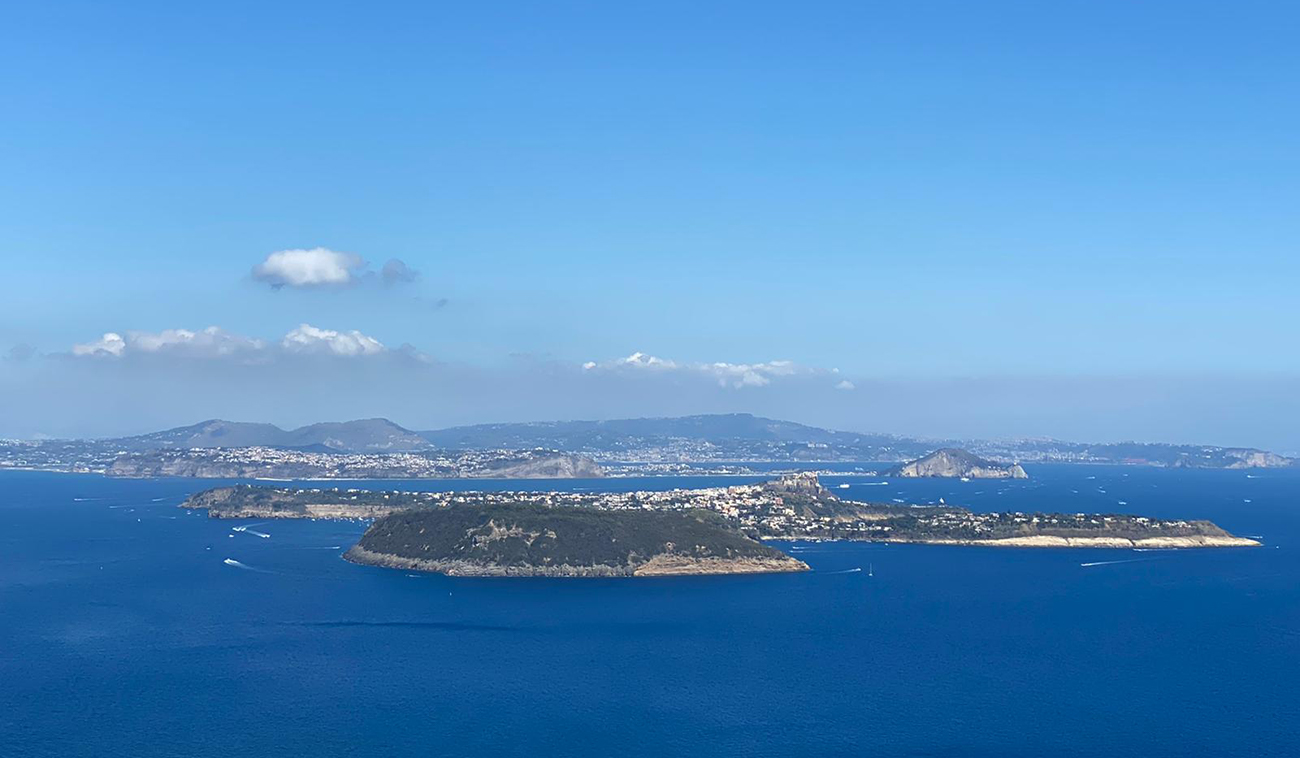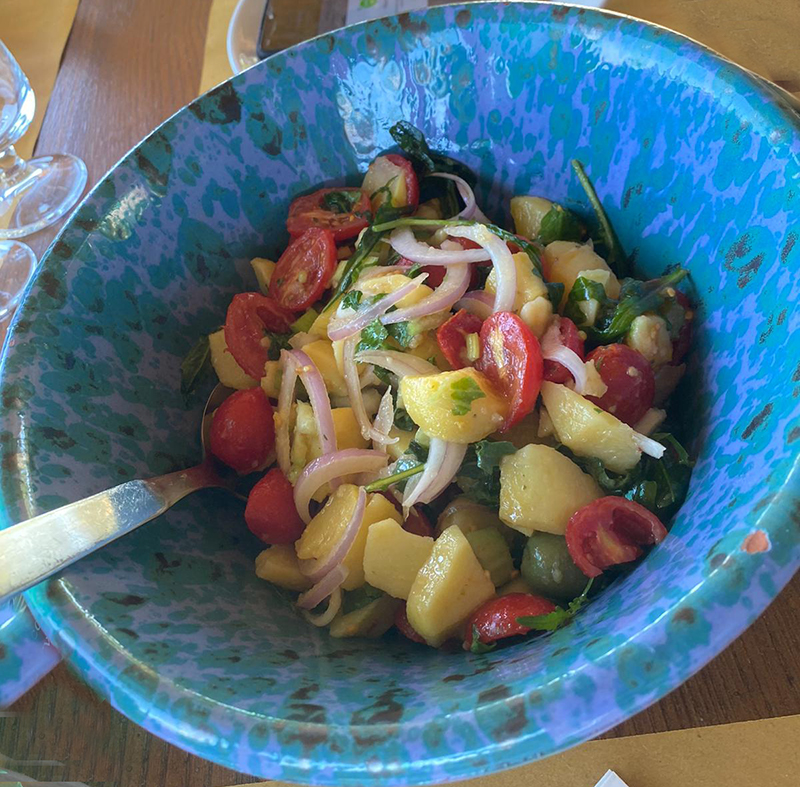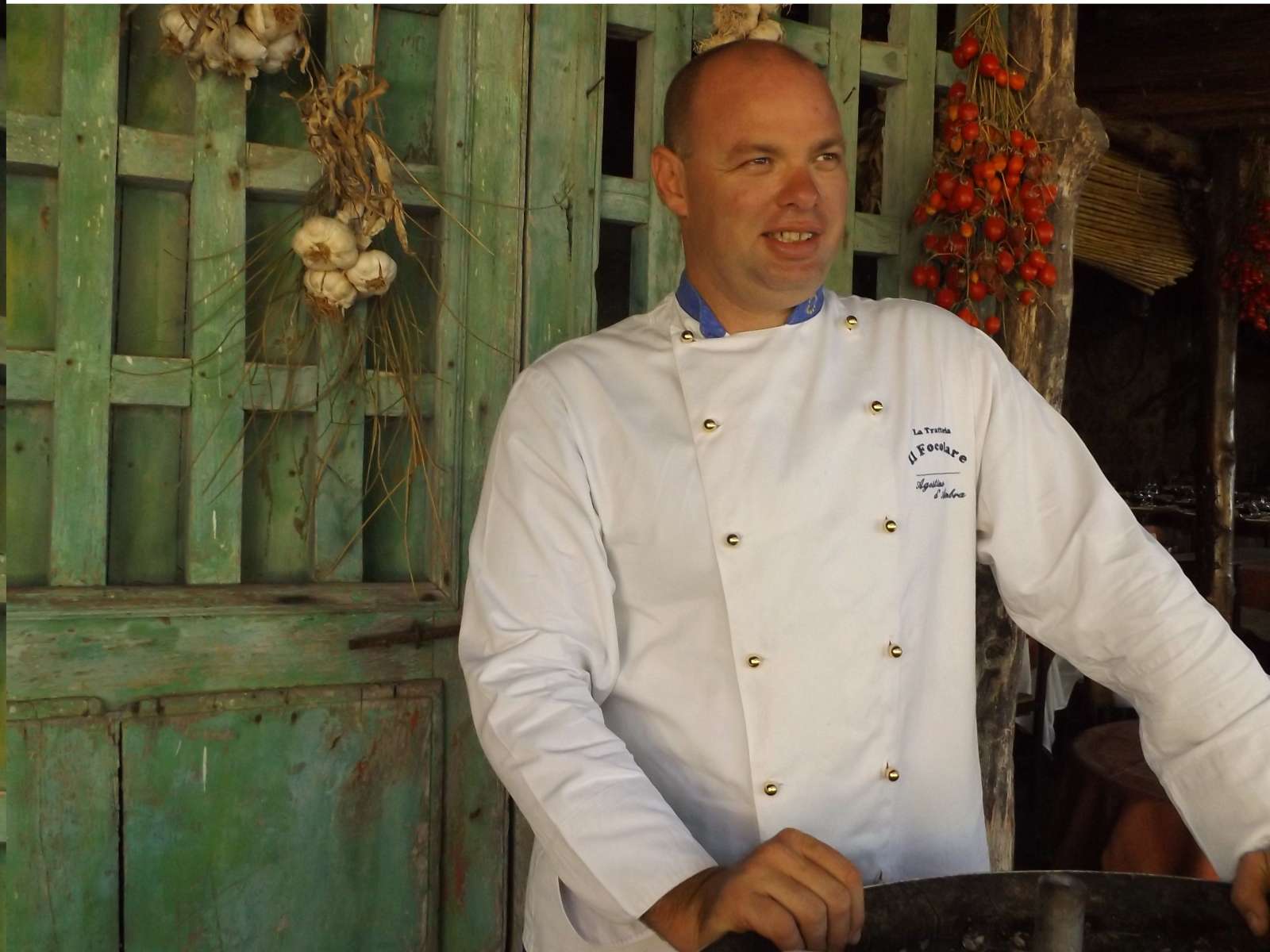 Rabbits here, rabbits there. It’s easy to say “Ischia style rabbit”, a totemic dish, an identity recipe. To the test - in a trattoria or in a restaurant- the disappointments exceed the satisfactions. The chefs’ presumption deluding themselves that they cook it “following the tradition” is too overused. Let me clarify: everyone is free to put on the table their very own personal “traditional recipe”. But the crucial point is, not only reserved to the raw material, too often underestimated in the fast orgy of the preparations for the tourist crowds; but, obviously, to the cooking methods.
Rabbits here, rabbits there. It’s easy to say “Ischia style rabbit”, a totemic dish, an identity recipe. To the test - in a trattoria or in a restaurant- the disappointments exceed the satisfactions. The chefs’ presumption deluding themselves that they cook it “following the tradition” is too overused. Let me clarify: everyone is free to put on the table their very own personal “traditional recipe”. But the crucial point is, not only reserved to the raw material, too often underestimated in the fast orgy of the preparations for the tourist crowds; but, obviously, to the cooking methods.
But what is the rule ? The rabbit, not too large in size, has to be cut into ten pieces, then it must be browned in the pan (the sartana), with great care and turn the pieces from a side to another. Do not scorch it and do not let the pieces dry, obviously. Move it in the terracotta saucepan where it cooks, for half an hour, with a whole head of garlic and with uniform heat and humidity, together with a glass of white wine (to simmer); then some cherry tomatoes and a little tomato purée. The entrails, the “mbrugliatelli” wrapped in parsley, and the liver need to be added at the end of the browning. The sauce, which will be creamy, will season the bucatini pasta. I allow you only a variation for the pasta: the zitoni lisci, or cutcandele. We can also add a sprinkling of well matured Parmigiano Reggiano, not Pecorino. Some chili pepper? No.
You might say: “but what is the innovation?” Simple: you have to get the herb which gives he dish the fresh natural minerality: the piperna, which is the wild thyme. There are people who replace it with basil or confuse it - it really is a horror! - with marjoram, creating distortions on the ancestral particularity of the main condiment. Rosmary is banned as well, in every way.
The true piperna grows on the “parracine”, the sunny and slightly salted drywalls, and slides down from the summit of the tuffaeous stones that have been set without mortar: they are rustic artworks which, containing terraces and embankments, guarantee the drainage to the plants and the unique perfumed quantity of our aromatic essence. The microclimatic conditions, to obtain the perfect piperna, are mainly on the west side of Ischia, the ridges - not too barren - of the peak of the Epomeo, between Frassitelli and Montecorvo, Panza and Forio. ut it also made its way through the winding south-east of Piano Liguori, San Pancrazio, Grotte di Terra, upper Campagnano.
These are, after all, the areas where the rare wild rabbit is hunted, descendent of the one appeared three thousand years ago with the Phoenicians: they were splendid navigators who brought with them, on the long-distance boats, couples of these rabbits (they are not rodents!) and then freed them in the landing islands and along the coasts where, returning after months, they caught again them multiplied in a considerable number, thanks to their prolificacy.
Fed with branches and leaves, the rabbit is also bred in the mythical rabbit hutches: in the surroundings of which the piperna also grows spontaneously and, often, is an integral part of the primordial diet of the rabbit itself. This way, we assist to a virtuous circuit of double flavoring of the meats, before and during cooking. How many aspirant rabbit gourmet know this secret? And they know, moreover, that it is not necessary to overdo with tomato, as I said before, or that there is an abyssal difference between the use of sweet white onion and the more canonical unpeeled garlic?
In short, this totem and bulwark eaten - and not crazy!” - as well as an extraordinary insular dish, it deserves a sort of necessary respect. At least to honor its ritual function (festivity food; spearhead of the barter; certifier of comparison agreements and promise of marriage). Therefore, careful: not everyone can define as “Ischia style” the personal interpretation, making a glorious, social, anthropologically important history perish. We saw it some time ago in Masterchef, where even terrifying, sacrilegious peppers sprouted.
The moment of truth will be, however, the one of the combination with the island’s DOC wine: Biancolella or Per’ ‘e palummo, better in a rosé version. If it doesn’t work, the dish is wrong: it is an irrefutable test.
I have been lucky on two occasions, among many. Th first “Ischia style rabbit” was signed, chronologically, by Giuseppe Trani at his farmhouse, the Torre di Mezzo (on the high hills of Campagnano - tel. 081.19043172), which you can reach after a beautiful beneficial trek.

At the tower I have discovered this year with satisfaction, there is an atmosphere suspended over the incredible landscape, especially at night, which is lost to the east beyond Punta Campanella and Capri; and there is a rustic cuisine which relies on its own productions starting with quite a lot of antipasti (from the seasoned olives to broad beans, from the harvest salad to the aubergines parmigiana) and genuine, that the common language defines as “homemade”. Everything that is brought to the table comes from the gardens and from the surrounding vineyards, among which orchards, gardens and farm shelters.
 Agostino D’Ambra, at the trattoria Il Focolare (in the wood of the Cretaio - tel. 081.902944) gave me the other pleasant chance, and it was obvious. At the Focolare, I have to admit, I have always felt… at home, and I perfectly know the details of a pioneering vocation transformed into a borderless success. Now, I am lost, instead, among the flashbacks of the endless chats with Riccardo, the greatest author of the recovery of the agricultural culture in gastronomy… Riccardo is no longer here. But the successors of the mythical “flavours worker” know how to do it, and this is reassuring me. Under the sign of the rabbit.
Agostino D’Ambra, at the trattoria Il Focolare (in the wood of the Cretaio - tel. 081.902944) gave me the other pleasant chance, and it was obvious. At the Focolare, I have to admit, I have always felt… at home, and I perfectly know the details of a pioneering vocation transformed into a borderless success. Now, I am lost, instead, among the flashbacks of the endless chats with Riccardo, the greatest author of the recovery of the agricultural culture in gastronomy… Riccardo is no longer here. But the successors of the mythical “flavours worker” know how to do it, and this is reassuring me. Under the sign of the rabbit.



Comments powered by CComment